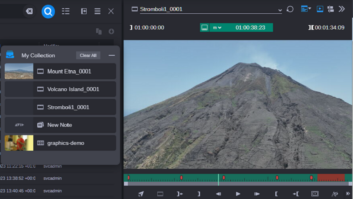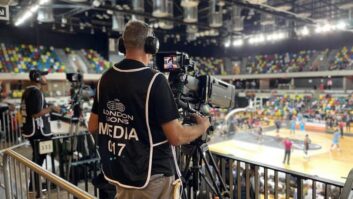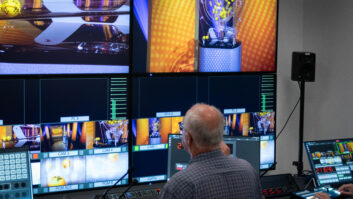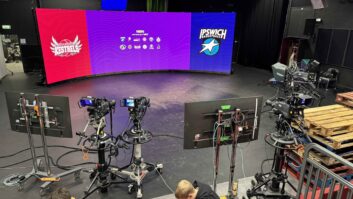“Time is running out”. The words of Sir David Attenborough on the danger of climate change. Extreme weather and rising temperatures are clear signs that action is needed and fast if we want to save the planet. Businesses have a very significant role to play in this; sustainability has become such an important topic in the media industry and there’s no sign of that changing.
Public scrutiny and greater action across the industry mean that companies are seeking to boost their sustainable credentials in practical ways. Greenwashing will not cut it anymore and they know it. Nowhere is this truer than in live production, which leaves a hefty carbon footprint due to the large amount of transport and equipment involved.
At Sony, we’re leading from the front, helping to create sustainable solutions without compromising on quality. We’re also making changes ourselves through our Road to Zero program, which will see the company reach net zero by 2040. Here are our five key recommendations for making live production greener.
Modularity is key
Modular solutions are without question the future of live production. At the moment, broadcasters move huge trucks full of equipment which is only needed for a few difficult transmissions and remains unused most of the time. This results in huge amounts of unused heavy equipment being transported unnecessarily; a very polluting process.
The solution to this is modularity. New technology is providing solutions which streamline processes and reduce the size and amount of equipment required. Modular solutions such as Sony’s MLS-X1 stackable switcher allow units to be attached and detached as required, meaning setups can be tailored to specific productions. This significantly reduces transportation emissions as much less equipment is used.
Modularity will also allow CO2 emissions to be quantified more easily, as it’s clear which bits of equipment are being used and when. This is great for businesses, who can identify and combat specific parts of their workflow which are especially polluting and can publicise their carbon footprint; a move many consumers and broadcasters are increasingly demanding.
Embrace IP
Thanks to improved technology, IP has become a flexible and inexpensive solution for live production. Remote production is an important part of this, as are software defined network (SDN) and IP connections to broadcast control systems which make local and remote production more efficient and sustainable.
IP is the key to unlocking more sustainable workflows, as it facilitates these new and much more flexible ways of broadcasting while maintaining excellent image quality. With audiences expecting ever-improving production IP is the only way to meet viewers’ demands while becoming more sustainable.
- We have a responsibility to not just demand change for the sake of it
- Transition to IP remains top priority for broadcast industry in 2023
- Registration open for the Media Tech Sustainability Summit
Start using remote production
The pandemic overhauled many aspects of live production, the main one being the advancement of remote production. Broadcasts can be produced from anywhere in the world without most equipment being located on site, meaning the amount of people required to travel to produce a program can be significantly reduced.
Remote production is a win-win. Travel emissions and costs are significantly reduced and production staff have much less rigorous schedules, making them more productive and ensuring the quality of the broadcast isn’t compromised. Without significantly reducing travel it’s very difficult to make live production sustainable; that’s why remote production is critical.
Centralise, centralise, centralise
With remote production comes centralisation. As teams work remotely more often they can collaborate and share resources across projects from a single location. Sending production content through the cloud for processing by a single team that can be widespread, can both streamline processes and cut down on the logistical impact of OB trucks.
As technology continues to be developed and deployed and processes become modular, predictability will increase. This means that planning live production workflows with sustainability in mind will become simpler.
Collaboration is best for everyone
The media industry is relentlessly competitive, but that doesn’t mean strong partnerships don’t benefit everyone, especially when it comes to sustainability. Companies need to walk the walk as well as talk the talk, which can be difficult given the technological and cost restraints of implementing genuinely sustainable practices. Sustainable productions will only be achieved through industry collaboration as we find the solutions together.






